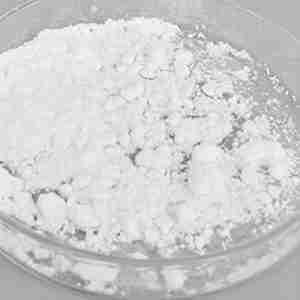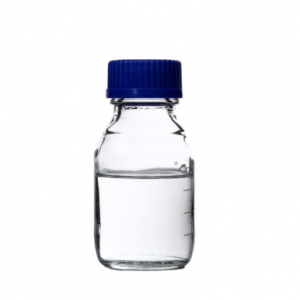Description
Rosmarinic acid Details
Chemical Name:3,3′-diindolylmethane
CAS No.:20283-92-5
Molecular Formula: C18H16O8
Molecular Weight:360.31
MolecularStructure:
Appearance: White Powder
Rosmarinic acid Typical Properties
Analysis Item
Specification
Result
Assay
≥98%
98.26%
Appearance
White powder
Conforms
Particle size
95% through 80 mesh
Conforms
Loss on drying
≤3.0%
1.26%
Ash Content
≤1.0
0.25%
Heavy metal
≤10ppm
Conforms
Pesticides
Negative
Conforms
Solvent residences
≤0.01%
Conforms
Rosmarinic acid Usage
1. Medicine: Rosmarinic acid is a natural antioxidant with many pharmacological effects and abundant natural resources such as anti-inflammatory, anti-oxidation, free radical scavenging and immunosuppression. The production of free radicals is closely related to many diseases, such as aging, heart disease, arteriosclerosis, phlebitis, arthritis, allergies, Alzheimer’s disease, coronary heart disease and cancer.
2. Food: This product is a combination of herbs and herbs. It has an oleaginous body for ornamental and aromatic extraction. It can also extract aromatic oil with the tender branches and flower buds of rosemary. This aromatic oil can be used to blend flavors of foods, to prepare seasonings, and to make small divisions. Rosmarinic acid has been developed into a food oxidant due to its strong antioxidant activity. It is mainly used in oils, oil-rich foods and pigments to prevent oxidative deterioration of foods and oxidative discoloration of foods.
3. Cosmetics: Rosmarinic acid also has anti-ultraviolet effect. It has been found that rosmarinic acid can reduce lipid peroxidation, increase ATP, and reduce glutathione, indicating that rosmarinic acid can be reduced by ultraviolet light. Free radical content, and it can also reduce DNA damage, so rosmarinic acid can be used to produce sunscreen.
Rosmarinic acid Packaging and Shipping
Packing: Net weight 25kg/drum
Rosmarinic acid Storage
Stored in a sealed container in dry ventilated place at low temperature away from food






